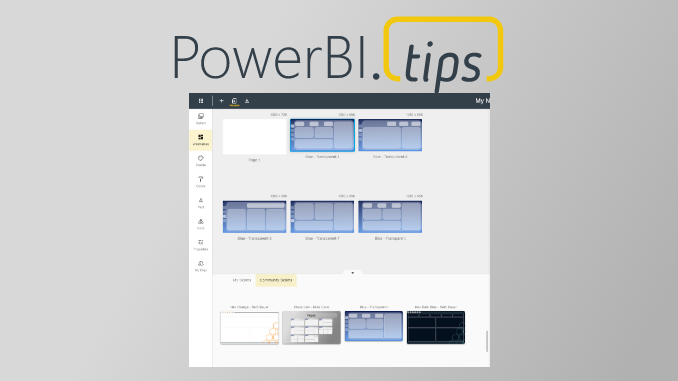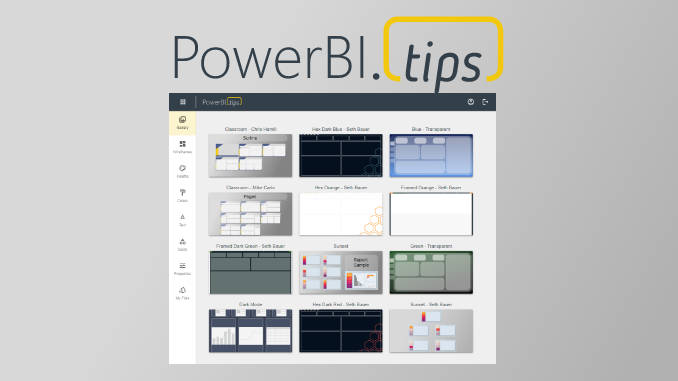Data automation is a powerful tool that can help organizations to save time, increase efficiency, improve decision-making, and stay competitive. However, in order to get the most out of data automation, it is important to follow best practices.
1. Develop a clear strategy: Before automating your data processes, it is important to have a clear understanding of your goals and objectives. This will help you to select the right tools and technologies, and ensure that your automation efforts are aligned with your overall business strategy.
2. Start with the basics: Automating complex data processes can be challenging, so it is often best to start with the basics. Identify the most time-consuming or error-prone tasks that can be easily automated, and work your way up from there.
3. Choose the right tools: There are many different tools and technologies available for data automation, so it is important to choose the right ones for your organization. Consider factors such as scalability, integration, and ease of use when selecting tools.
4. Test and refine: Once your data automation processes are in place, it is important to test them thoroughly and refine them as needed. This will help to ensure that they are working as intended, and that they are aligned with your overall goals and objectives.
5. Monitor and maintain: Data automation is an ongoing process, and it is important to monitor and maintain your automation processes over time. Regularly check for errors, update your tools and technologies as needed, and make adjustments as your business evolves.
6. Use data governance: Data governance is the process of ensuring that data is accurate, secure, and compliant with regulations. This is especially important when automating data processes as it ensures that the data being used is of good quality, and that the data is being used for the right purposes.
7. Train your team: Automating data processes can be a significant change for your team. It’s important to train them on how to use the new tools and technologies, and how to interpret the data they produce. This will ensure that they are able to take full advantage of the benefits of data automation.
In conclusion, data automation is a powerful tool that can help organizations to save time, increase efficiency, improve decision-making, and stay competitive. By following best practices such as developing a clear strategy, starting with the basics, choosing the right tools, testing and refining, monitoring and maintaining, using data governance, and training your team, organizations can ensure that they are getting the most out of their data automation efforts.











